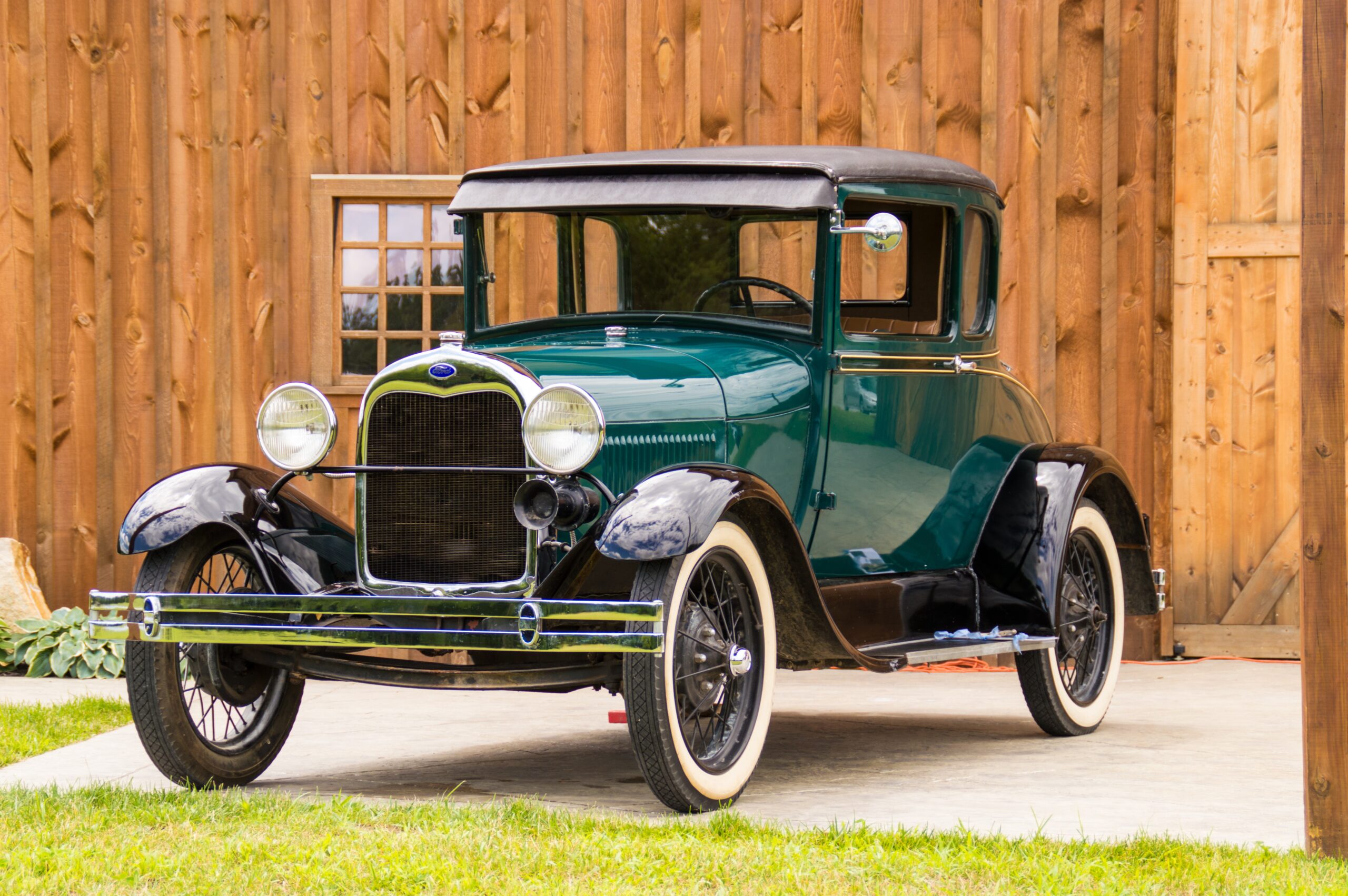

1834: The first electric vehicle, a small train engine powered by a battery, was built by Thomas Davenport.
1859: Gaston Planté invented the lead-acid battery, which became the main power source for electric vehicles for several decades.
1891: The first electric car was built by an American inventor, William Morrison.
1895: The first commercial electric vehicle, the La Jamais Contente, was built in Belgium.
1901: The first electric taxi was introduced in London.
1908: Henry Ford introduced the Model T, which became the first mass-produced gasoline-powered car.
1910: The electric vehicle industry started to decline as gasoline-powered cars became more popular and affordable.
1930s: The Great Depression led to a revival of electric vehicles, as they were cheaper and easier to maintain than gasoline-powered cars.
1950s: The introduction of the internal combustion engine made gasoline-powered cars more efficient and electric vehicles fell out of favour.
1970s: The energy crisis and concerns over air pollution led to a resurgence of interest in electric vehicles.
1990s: The first hybrid electric vehicles were introduced, combining gasoline engines with electric motors for improved fuel efficiency.
2000s: The development of lithium-ion batteries led to the production of electric vehicles with longer driving ranges and faster charging times.
2010s: Electric vehicles gained wider acceptance, with several major automakers introducing models and expanding production.
Today: Electric and hybrid vehicles continue to gain popularity as governments promote clean energy and consumers seek more sustainable transportation options.

